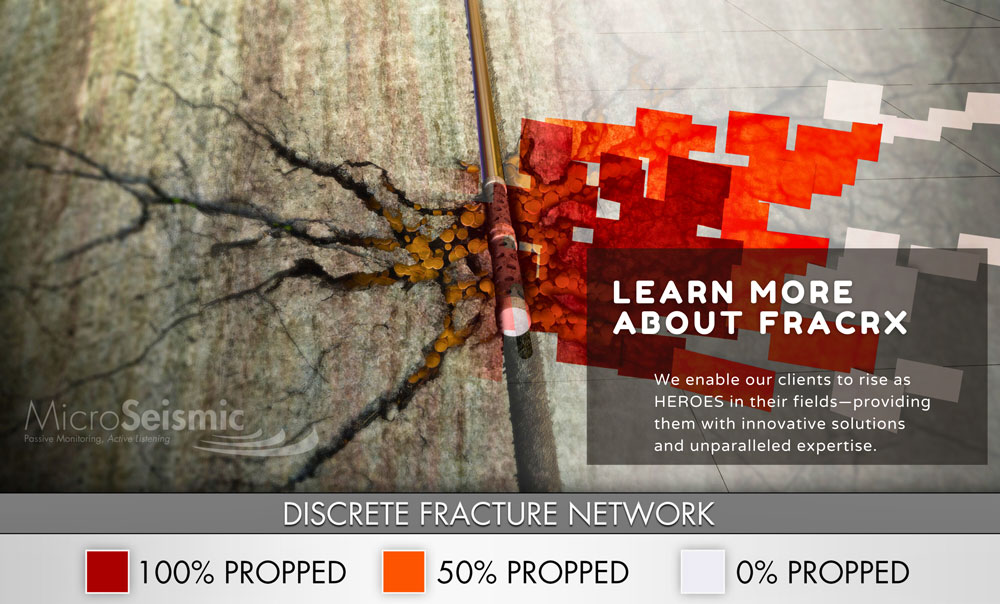
- This event has passed.
The Unexpected Reach of Strike-Slip Faulting
Our Speakers:

Dr. Molly Turko
Devon-Energy
Abstract:
Although often associated with iconic examples like the San Andreas Fault in California or the Anatolian Fault in Turkey, strike-slip faulting is a widespread phenomenon outside of major transform boundaries with significant implications for basin evolution and hydrocarbon systems. For example, we see strike-slip faulting associated with reactivation of older structures at oblique angles and even in front of orogenic belts in the form of penetrative strain. Understanding when, where, and how these types of strike-slip structures form is vital to unraveling the tectonic history and can aid in mitigating petroleum system risks along with operational risks. Using examples from Oklahoma and Texas, this presentation will highlight the kinematics of recognizing these structures, what they imply, and how they can be exploited.
We will delve into the kinematics of recognizing these structures, emphasizing key indicators such as en echelon faults, steps and bends, and pop-ups and pull-aparts. Determining the slip sense provides crucial insights into the paleo-stress field, enabling predictions of enhanced fracturing and potential sub-seismic faulting which may impact a reservoir either positively or negatively. Understanding fault geometries, both mapped and modeled/predicted, is crucial for mitigating operational risks, including induced seismicity, mud losses, frac hits, and grasping reservoir connectivity. A basic understanding of strike-slip faulting, combined with the ability to recognize and predict its occurrence within a basin, is essential for effective reservoir exploration and development.
In summary, we will discuss:
- Widespread: Strike-slip faulting extends beyond transform boundaries, affecting basin evolution and hydrocarbon systems via reactivated structures or strain near orogenic belts.
- Importance: Knowing fault formation aids tectonic analysis and reduces petroleum and operational risks.
- Indicators: En echelon faults, steps, bends, pop-ups, and pull-aparts reveal strike-slip structures and paleo-stress.
- Operations: Fault geometries predict fracturing, sub-seismic faults, and risks like seismicity, mud losses, and connectivity.
- Exploration: Recognizing strike-slip faults boosts reservoir exploration, as shown in Oklahoma and Texas.







